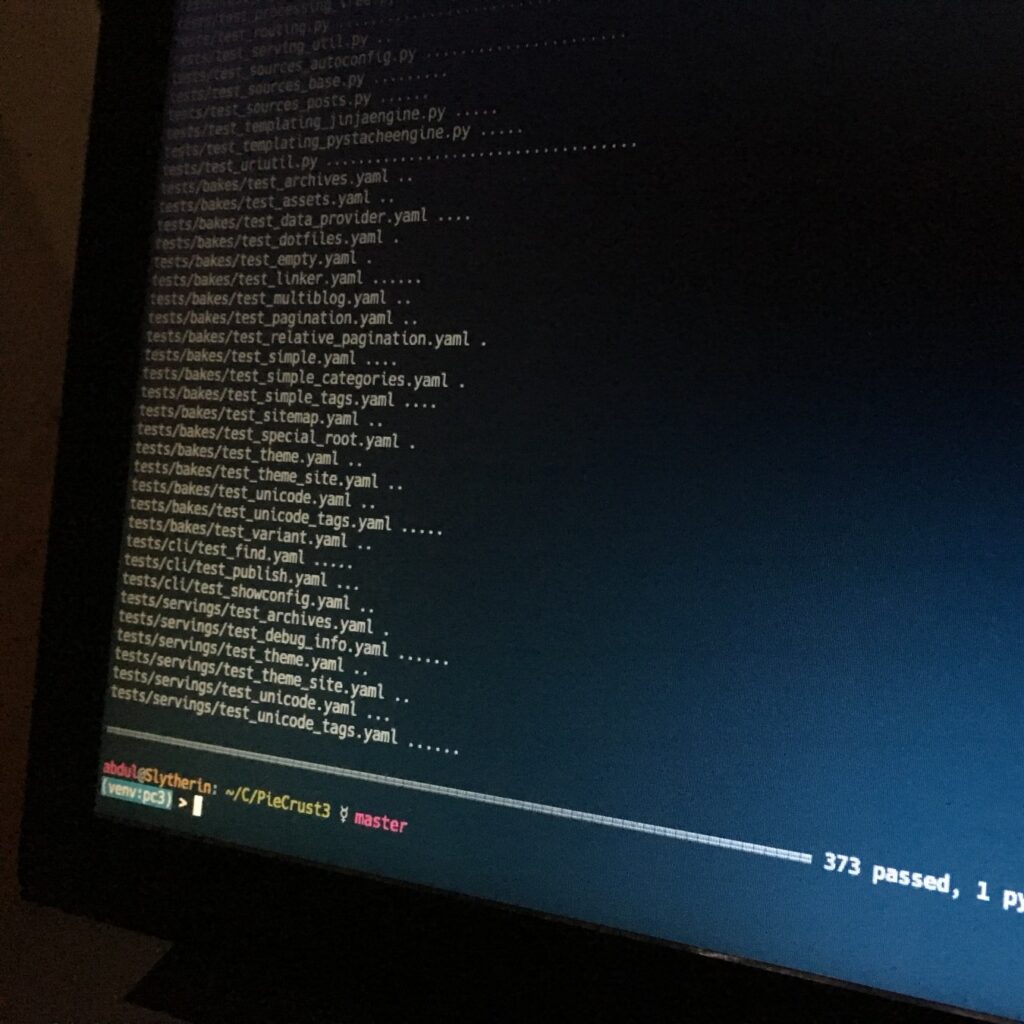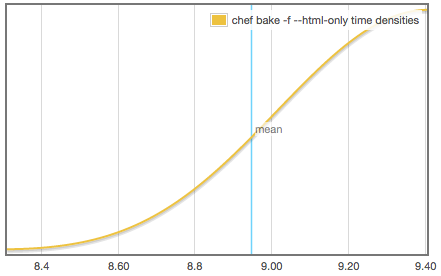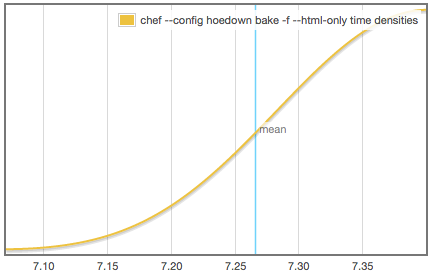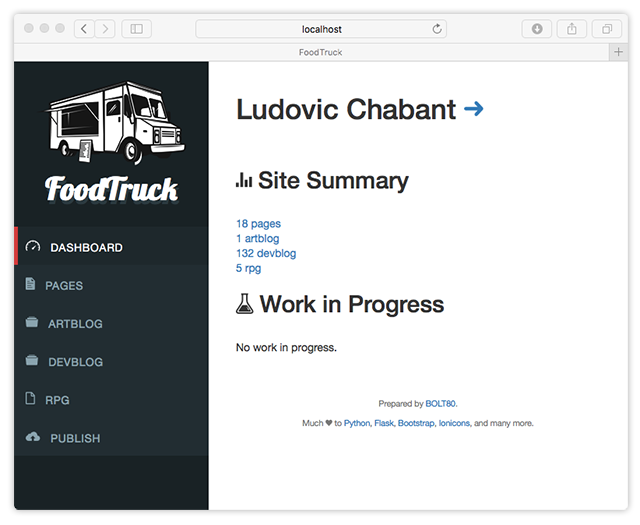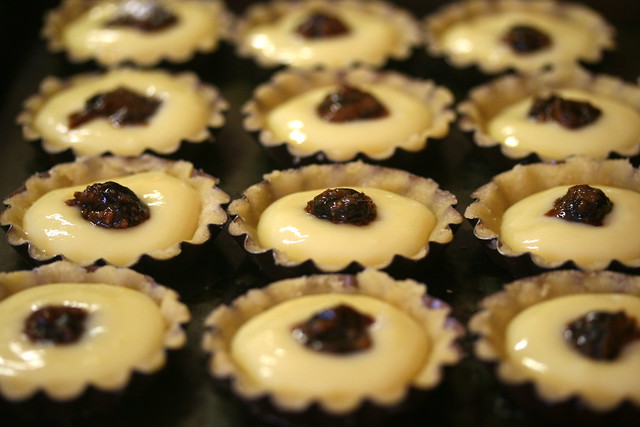PieCrust 3.0
Last year I announced PieCrust 2.0 without much fanfare and, guess what, here comes PieCrust 3.0 now!
The funny thing is that I didn’t post much about PieCrust during that whole time… the joke about blog engines is that the more you work on them, the less you actually use them.

So as is tradition, I released the new version of PieCrust on the Python package server and immediately found a bunch of new bugs, which I proceeded to fix (we’re now at PieCrust 3.1.1)… I’m not very good at this whole thing, even after several years.
But either way, it’s out! You can run pip install piecrust -U and read the rest of this post if you want to know what’s new.
This release has breaking changes so make sure you read the upgrade notes this time around.
The highlights in this release include:
- Simplified content model: there are now just content sources and URL routes. The previous “page generator” concept (which was used for taxonomies and blog archives) is now just a content source that happens to not return pages on disk, and instead comes up with pages on the fly. This makes things a bit simpler for the site configuration.
There is a new concept however, which is the concept of a “content pipeline”, which is the thing that knows how to render a source’s contents. It’s a lot less user facing though – in most cases users don’t need to bother with it.
- Better administration panel: the administration panel now supports talking to client apps (via the Micropub standard) to create new posts. This means you can post to your static website from your phone with apps like Micro.blog! This requires some server-side setup however, so you have some work to do.
In the PieCrust 3.0 cycle I’ll actually be mostly looking at adding more IndieWeb technologies like Micropub – Webmention is next, which will let your site display comments.
- Watchdog-enabled chef server: when you run
chef serve, you can have PieCrust monitor your assets (like CSS/JS files) and re-process them when you edit them (unless you’re using another more sophisticated asset pipeline like Gulp or Webpack or whatever). In PieCrust 2.0 it was using a very basic polling system, but now it’s using Watchdog, which means it works with your OS to get notified of file changes. The main upside is a more efficient file monitoring that’s a lot more battery friendly for laptop users.
As always, if you see any bug, report it on the GitHub issue tracker.
